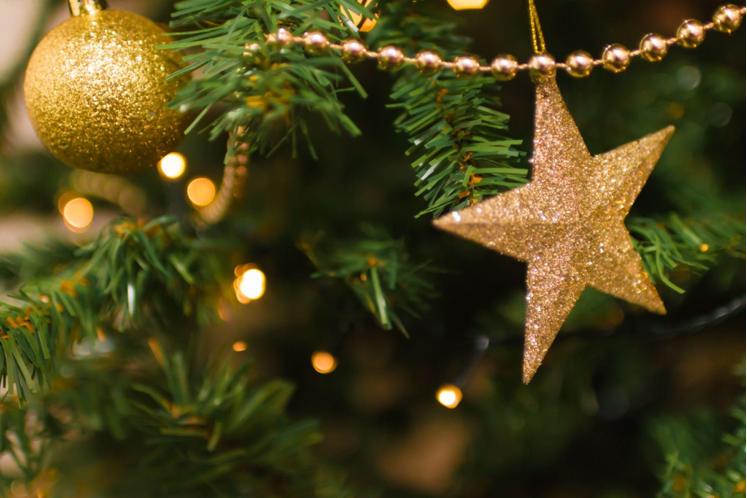
Medieval Times and the First Recorded Christmas Tree
Artificial Christmas trees have a rich history that dates back to medieval times. The first recorded instance of a decorated tree celebrating the holiday season dates to the early 16th century in Livonia, modern-day Estonia. This tree was decorated with fruits, nuts, and paper flowers, symbolizing the winter solstice.
However, in the 19th century, the Christmas tree became a popular tradition throughout Europe and the Western world. Queen Victoria and her German-born husband, Prince Albert, popularized the trend in Britain, and many European royal families soon followed suit.
The Popularity of Artificial Christmas Trees Amongst Royalty
During this time, artificial Christmas trees also began to gain popularity among royalty. In the late 19th century, American entrepreneur Frederick Edward Mohr began manufacturing artificial Christmas trees made of feathers. These trees quickly gained popularity in the United States and found a home in European royal circles.
Queen Victoria reportedly owned several artificial trees, including a metal erected in Windsor Castle’s Marble Hall. The tree was made of tall iron bars with twigs attached and decorated with candles, ornaments, and glass baubles. Artificial trees allowed royal families to celebrate the holiday season indoors, with less mess and maintenance than a live tree.
In the early 20th century, artificial Christmas trees continued to evolve, with manufacturers transitioning from metal and feathers to plastic and synthetic materials. Today, artificial trees come in various shapes, sizes, and colors, incorporating design features such as pre-strung lights and realistic-looking needles.
Conclusion:
Artificial Christmas trees have a rich and royal history that dates back to medieval times. As the tradition of the decorated tree evolved, so did the need for artificial alternatives that could be easily maintained and reused. Today, artificial trees are a beloved holiday tradition in households worldwide, offering an eco-friendly and practical alternative to live trees. Whether you prefer a traditional or more modern look, artificial Christmas trees remain a staple of the holiday season.
